Tag: historic resources
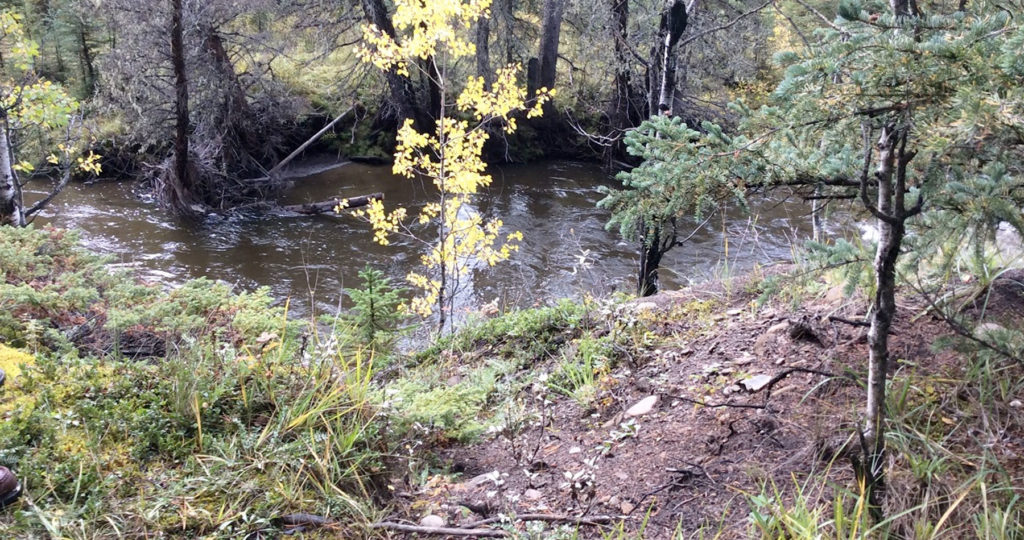

March 27, 2018
Publicly Reported Sites
In 2016 two members of the public contacted Tree Time Services to report archaeological sites that they had discovered. Our Archaeological Roadshow was being hosted by the Sundre Museum, during which we were approached by the first person who had found a side-notched projectile point while planting her garden. We arranged to meet her at
Keep Reading

March 9, 2018
Tree Time Gals!
International Women’s Day is a great opportunity to talk about women in our past that have paved the way in some fashion. Without the Famous Five women would not have been recognized as persons in Canada as early as we were. Women like Zelia Nuttal, challenged the norm and pursued something she truly loved, expanding our
Keep Reading

December 11, 2017
Find the Flake (Part 2!)
While we always prefer to survey areas prior to any impacts, the identification of artifacts in post-impact contexts can be easier because of large areas of exposed sediments. Instead of targeted shovel tests that excavate a very small percentage of a high potential area, we can potentially see everything that is under the ground. However,
Keep Reading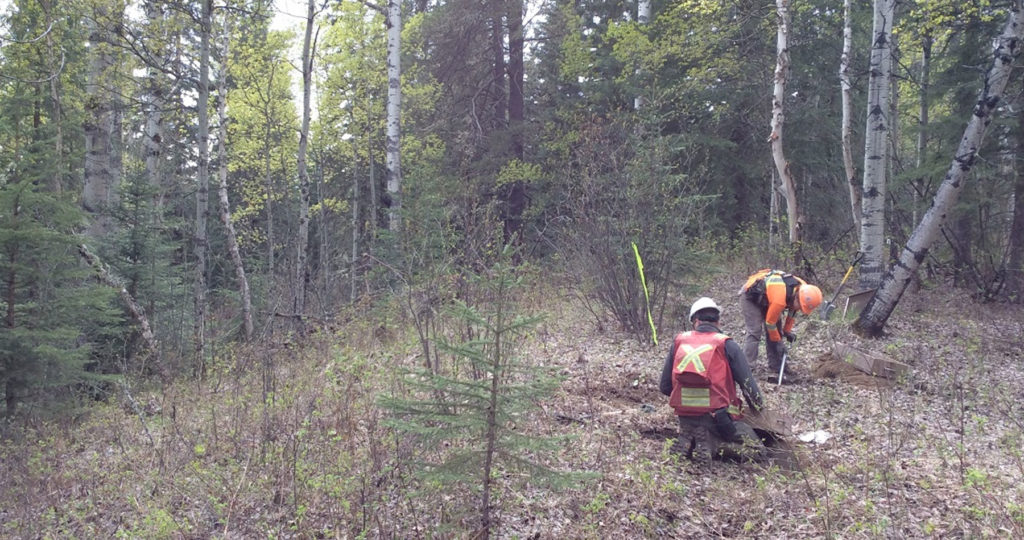

October 23, 2017
Why do HRIAs (Historic Resource Impact Assessments)?
“Archaeological heritage is an essential element in the affirmation of our Canadian identity and a source of inspiration and knowledge. It is the policy of the Government of Canada to protect and manage this heritage.1” This sentiment is echoed through all levels of government and most provinces2, territories, and municipalities have either a piece of
Keep Reading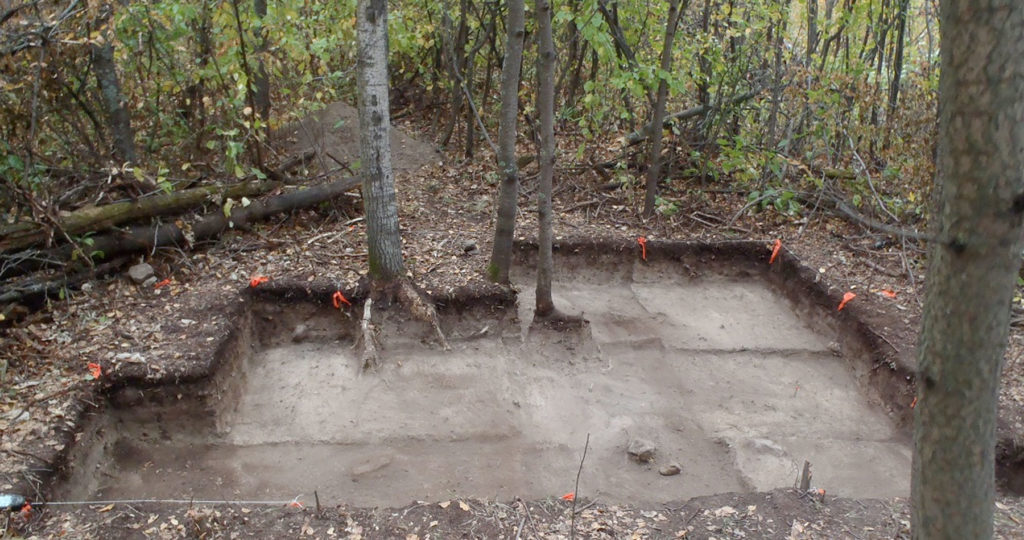

October 9, 2017
What is Mitigative Excavation?
Mitigative excavation is the process of digging an archaeological site that is threatened either by development or natural erosion. Mitigative excavations have different goals than academic excavations. The goal of mitigative excavations is is to save as much information about the site before it is destroyed, whereas in academic digs the goal is to answer
Keep Reading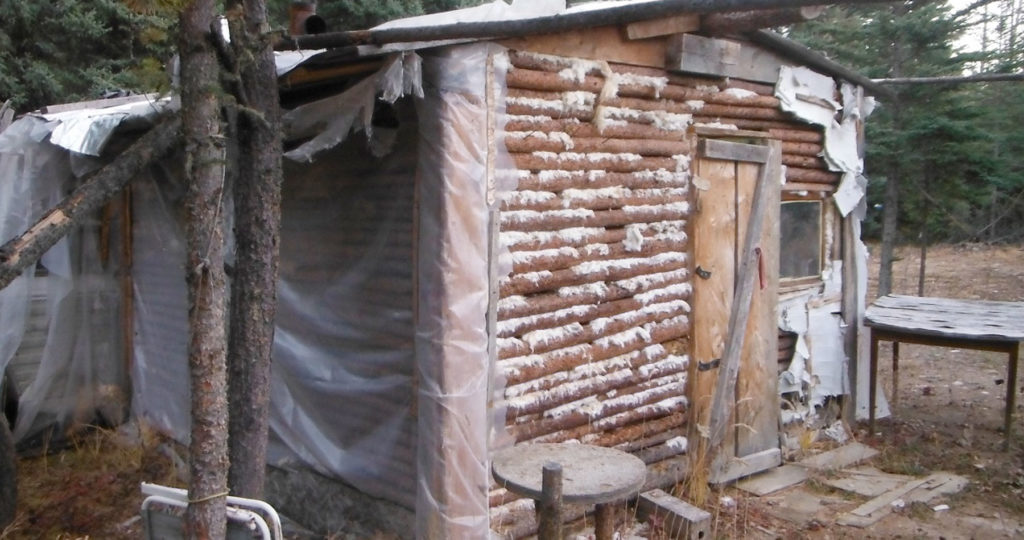

September 25, 2017
HRV 4C – What Happens Now?
You have made a plan for a development and reviewed your plan against the Listing of Historic Resources. You’ve found that you have a conflict on your land parcel, it is listed with an HRV of 4C. What does that mean? An HRV of 4C indicates that an historic resource site is located on that
Keep Reading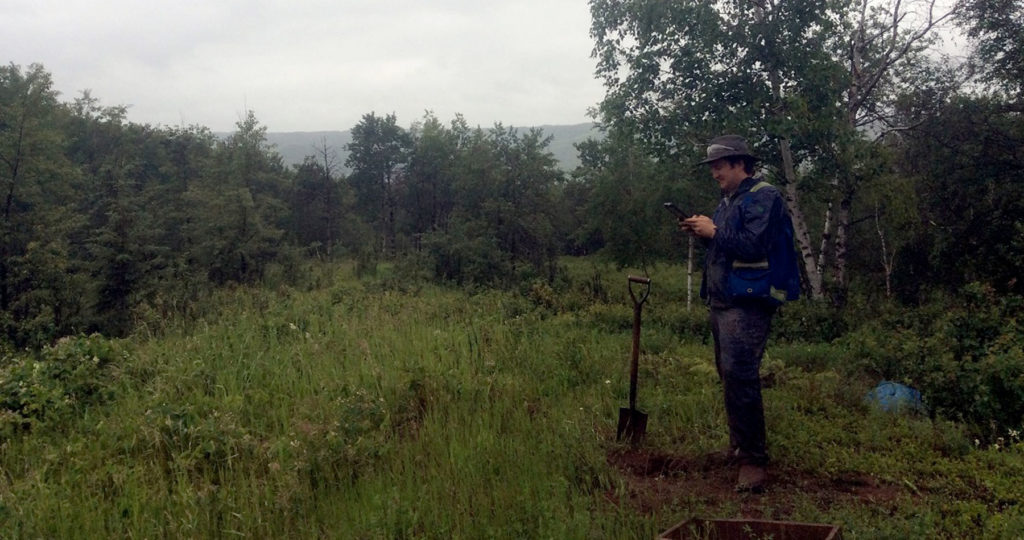

June 27, 2016
Why do we survey gravel pits?
Aggregate pit applications, even renewals, are regularly triggered for Historic Resources Impact Assessments in Alberta. This is mostly due to two factors: their location, and their impact levels. Good sand and gravel deposits are often located near watercourses, especially major rivers, and the presence of coarse parent sediment usually gives them better drainage than surrounding
Keep Reading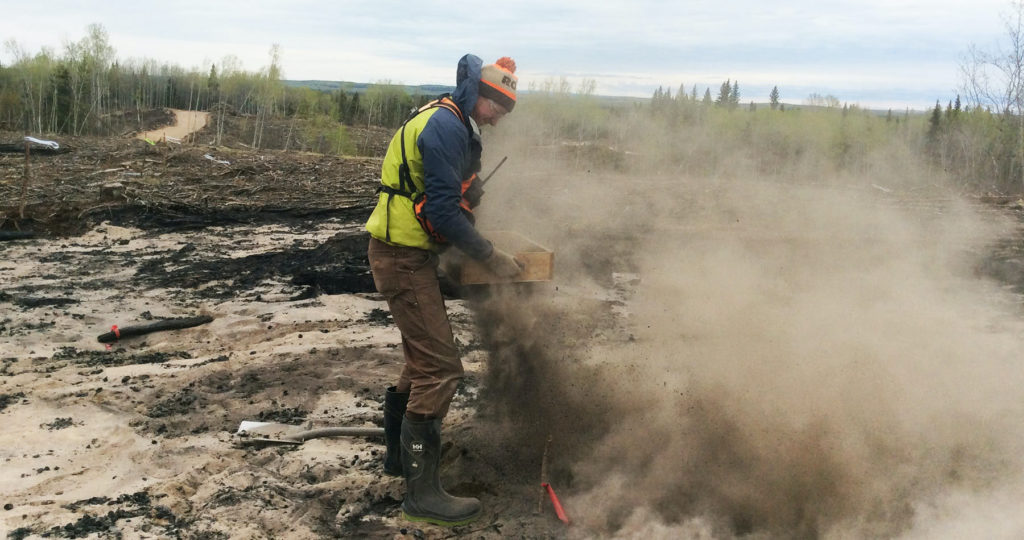

February 19, 2016
How are Historic Resources like Environmental Contaminants?
I attended the Environmental Services Association of Alberta regulatory forum in Edmonton on January 11th, 2016 with Mike Toffan, our Reclamation Coordinator. None of the regulatory updates dealt directly with Historical Resources Act concerns, but our work often occurs in the broader environmental regulation context, so it’s good to have a general understanding of things
Keep Reading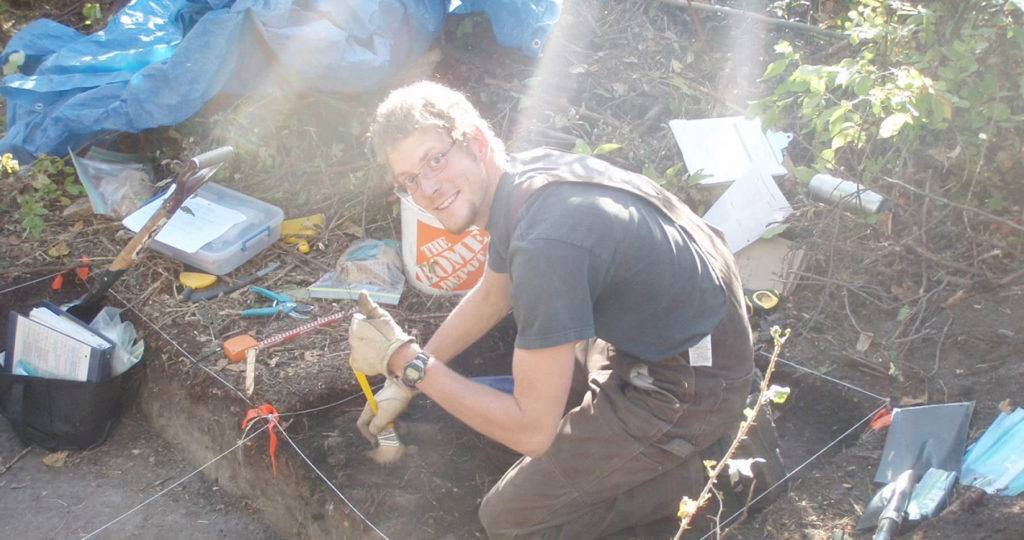

January 28, 2016
What is a Borden Number?
The Borden System is used to provide each archaeological site in Canada with a unique identifier, called a Borden Number. These identifiers consist of two parts – four letters (formatted AaBb) and a number separated by a dash. The letters represent the Borden block which is the geographical location of the site and the number
Keep Reading